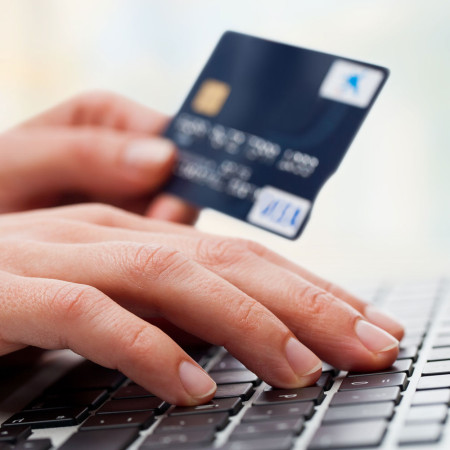E-commerce Strategy: Don’t get left behind. You can harness new technologies even if you’re not selling to customers across the world.
When experts discuss the power of technology for business growth, they usually talk about feats like selling to customers on the other side of the planet. This use of technology is very effective if your goal is to grow beyond your naturally-defined borders, but there are millions of successful businesses that operate locally and have no interest in selling their high-end tea or sports bikes to people in Abu Dhabi. They are small, local and proud. And yes, they too can harness the latest technology to improve their businesses.
Technology that helps small, local businesses be successful
Most technology marketers don’t go after the small business market because in their estimation there is more money to be made targeting large corporate buyers. This leads many small, local business owners to the erroneous conclusion that cutting-edge technology isn’t available or affordable. In reality, there are many innovative technologies on the market that can be adapted by small, local businesses for their use. Let’s take a closer look at some of them.
Web-based ordering for local pickup
Major retailers like Target, Sears and Wal-Mart allow their customers to order products from their websites and pick them up at a local store. This may sound simple, but the logistics and systems integration required to implement these types of solutions cost tens of millions of dollars and years of planning. Once implemented, the results more than pay for the costs.
By integrating Web-based ordering with in-store pickup, sales per store increase without consuming salespeople’s time. Customers that know what they want avoid the hassle of having to call a store and be placed on hold while someone checks to see if they have the desired item in stock. It’s a win-win situation. For a small, local business, implementing this type of service isn’t so expensive. The key is to use robust e-commerce software for your website that is good enough to manage your overall store inventory. There are many configurable solutions that don’t require expensive customization that allow you to achieve this.
Impulse purchase optimization
As I recently discussed, impulse purchases are one of the largest profit centers for retail businesses. While the very definition of impulse purchase means it’s unplanned, the business owner can’t just leave it to chance; they must create the conditions that lower a consumer’s mental barriers to buying on impulse. A key ingredient is offering the right products. The old-fashioned way is to put candy, snacks, knick-knacks and other high-margin, low-price items by the point-of-sale and cross you fingers. In the 21st century, the impulse purchase offer is made in real-time and personalized to each customer. Using a customer’s purchasing history to determine their tastes and preferences is the best indicator of what they may buy on impulse. Using your point-of-sale database and acquiring software that can make buying recommendations gives you the to
